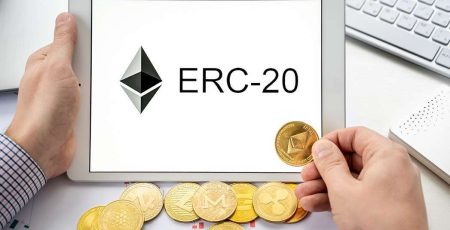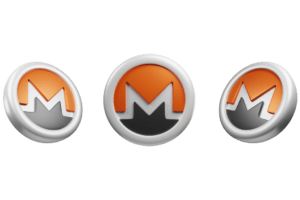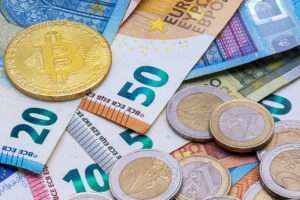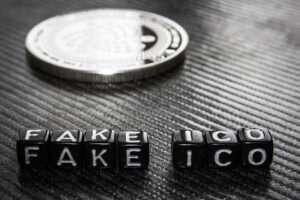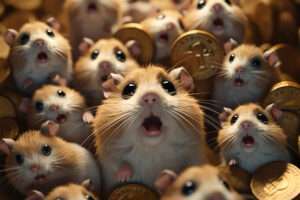In the past decade alone, the UK digital space has seen loads of Crypto enthusiasts and investors edging towards non-fungible tokens (NFTs) and smart contracts. Of course, this is in pursuit of new forms of digital ownership and long-term investment diversionary schemes. As the saying goes, do not put all your eggs in one basket.
ERC-20 and ERC-721 Ethereum token standards are now the next big thing. As an artist and an investor, familiarizing oneself with these standards is essential. Now, to learn more about NFTs and smart contracts, read along.
NFTs and Smart Contracts
NFTs represent unique digital assets. Now picture this, digital art, music or virtual real estate, each with a distinct value and ownership rights that are securely recorded on the Blockchain. Interesting, right?
Smart contracts refer to self-executing contracts where agreement terms between buyers and sellers are written directly into coded lines. It is done through automation, facilitation, verification and the actual performance of a contract.
Ethereum’s introduction of ERC-20 and ERC-721 token standards has been instrumental in shaping the current Blockchain as witnessed with the surging NFT market and the wider digital assets space.
ERC-20: The Fungible Powerhouse
ERC-20 tokens are the glue that holds the Ethereum Blockchain together. It takes the form of a single asset where each token is akin in value and properties. This standard has facilitated the growth of DeFi applications, thus a seamless exchange and interaction of digital assets across the Ethereum ecosystem.
What is ERC-721?
Believe it or not, the ERC-721 standard is what sets the ball rolling for NFTs, with each ERC-721 token representing unique asset ownership. Artists, musicians and content creators can now with more zeal monetize their work on paying platforms. This leads to an improved NFT market for digital art and collectables.
ERC-20 and ERC-721 standards come as a pair, thus managing both fungible and non-fungible tokens within a single contract. These standards offer efficiency and flexibility for creators and developers, paving the way for complex asset interactions within games and applications.
What Does the Future of Token Standards look like?
Ethereum token standards are quickly changing the art ownership space. The innovation within ERC-20 and ERC-721 token standards works to facilitate the creation and management of digital assets, ensuring cohesion and efficiency across the Ethereum Blockchain.
The continuous adoption of these token standards hints at a future with rich possibilities. It amplifies the potential of Blockchain technology and the vibrant NFT market that explores digital ownership through NFT art.
A deep dive into the perks of Blockchain technology and Ethereum tokens reveals the endless steps towards a more interconnected digital world. From collectors to investors, leveraging Ethereum token standards is perhaps the best decision you could make.
Disclaimer: This article is provided for informational purposes only. It is not offered or intended to be used as legal, tax, investment, financial or other advice.

